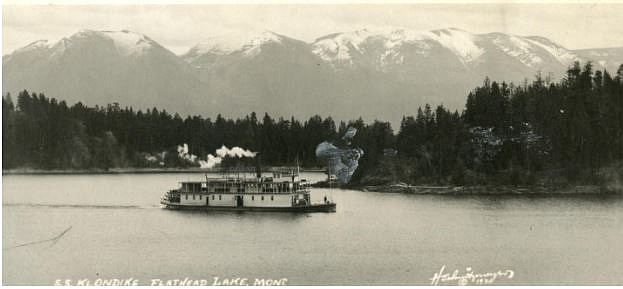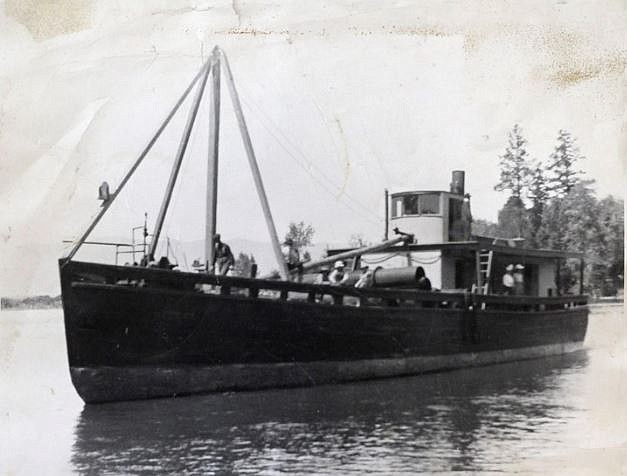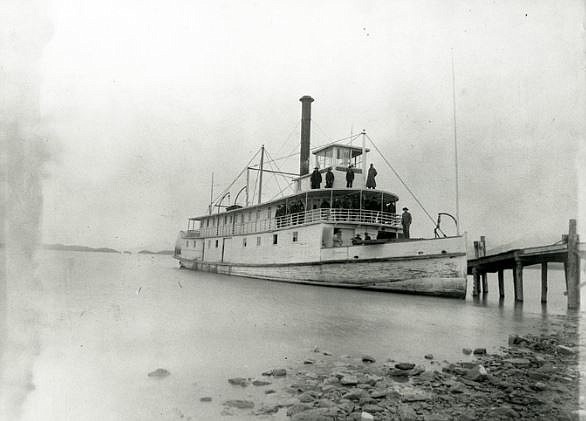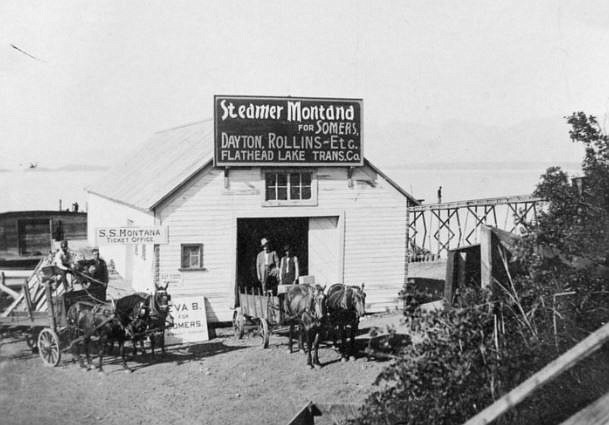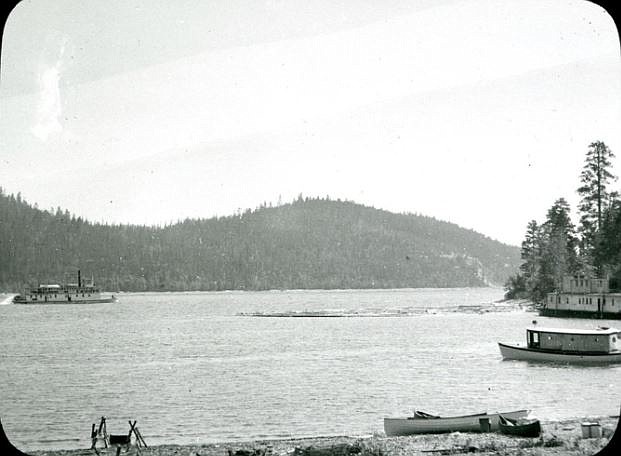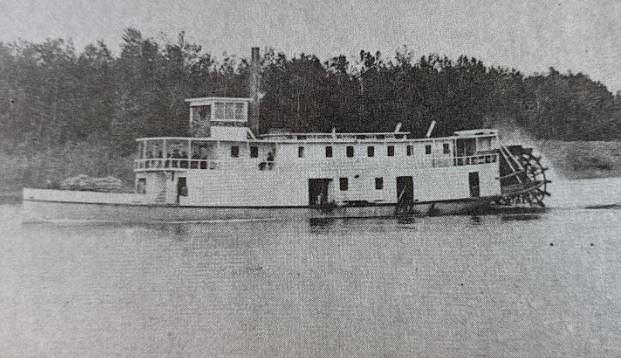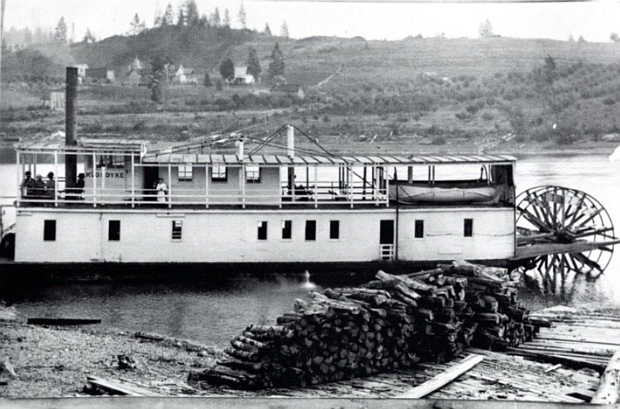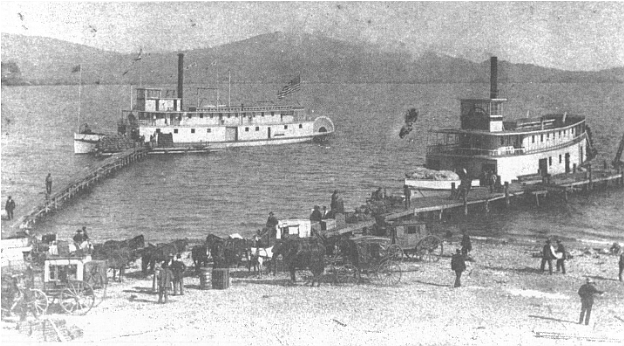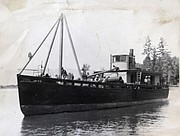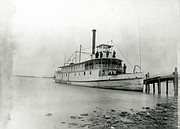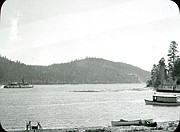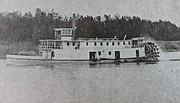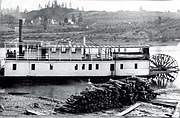Steaming on the Flathead (Lake and River)
One side is rocky and steep while the other is circuitous and slightly less dramatic, making any journey along the shores of Flathead Lake somewhat of a dichotomy. The Salish, Kootenai, and Pend d'Oreille people primarily traversed the west side of the lake, using passes to cross over into the Swan Valley as opposed to regularly venturing along the east shore through what is now Bigfork. By the 1880s, when settlers began coming to western Montana in larger numbers, this dichotomy led many to surmise that the most efficient way to move goods and people along this north-south route would be by steamship.
Water has been a conduit of commerce for millennia and as such villages and towns were typically duly situated and Bigfork evolved in conjunction with Holt and Demersville and the other villages located along the Flathead River and the lake. While the steam ship era lasted roughly only from the 1890s to the 1920s, there were several notable vessels including the Klondyke/Klondike, Demersville, State of Montana, Tom Carter, Crescent, and Helena some of which we have a good record for and others we don’t. For example, in the early years, the 150-foot State of Montana—the largest steamer ever on the lake—and 130-foot steamer Crescent, made regular runs to Demersville from Polson. In that first year, the Crescent made one run all the way to Columbia Falls.
Other ships were soon to follow or were resurrected or rebuilt from other steamers. The Klondyke/Klondike was perhaps one of the best known and long-lived steamers. The first iteration of the 120-foot Klondyke was built in the early 1900s but by 1909 was refurbished. The new Klondike, with an “i”, could carry up to 425 passengers and 100 tons of freight. Both version of the ship were built on the same hull and only drew 3 feet of water so well suited for some of the shallow bays in the lake. The Klondike was also regular chartered special outings, picnics, parties, and moonlight dances. And in an early iteration of a “party barge”, the dance floor was pulled behind the steamer on a separate barge. The Klondike also gave the occasional pull into port. Renowned photographer Herman Schnitzmeyer one summer afternoon rowed out to take pictures but by evening realized he’d gone too far. The Klondike came along and offered to tow him back to Polson and threw him a rope. When the Klondike revved its engines a cry came out of man overboard. Instead of tying the rope to the boat, Schnitzmeyer had instead held onto the rope himself, consequently getting pulled right out of his skiff.
The Helena came late in the history of the ships being constructed in 1915, but its local connection is strong as it was built by Holt/Bigfork resident James Kehoe. Kehoe's granddaughter, Leslie Kehoe, described the Helena in this way, "It was a freight boat, it was an icebreaker, it was the only boat on the lake that was. It had metal cladding on the bottom of it." Being an industrious induvial, James cobbled the Helena together from salvaged ship parts including an engine once showcased at the 1893 Columbia exposition and which powered a Chicago fireboat. The 110-foot steamship’s life was fairly short and by the early 1930s the Helena was parked at Holt and eventually sank. But not before key components like the prop, capstan, and pilothouse were salvaged. These can still be seen today at Kehoe’s Agate Shop.
The steamships that once ran the 27 miles to multiple ports around the lake are long gone but their memory lives on with a special place in Flathead Lake history. And when it comes to seeing history in action, this summer, the Bigfork Arts and Cultural Center will also be partnering with local maritime archeologists and Sea Scouts to support a youth education program focused on exploring Flathead Lake and some of its treasures. This article could also not have been written without the amazing material found in Paul Fugleberg’s Flathead Lake Steamboat Days published in 1991.
The Bigfork History Project can be found at the Bigfork Art and Cultural Center. Call (406) 837-6927 for more information.


